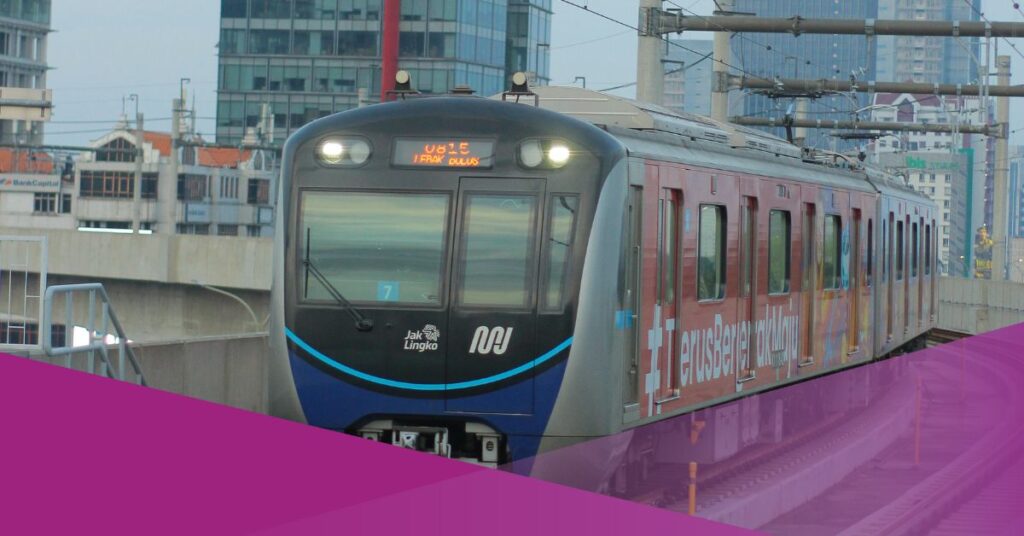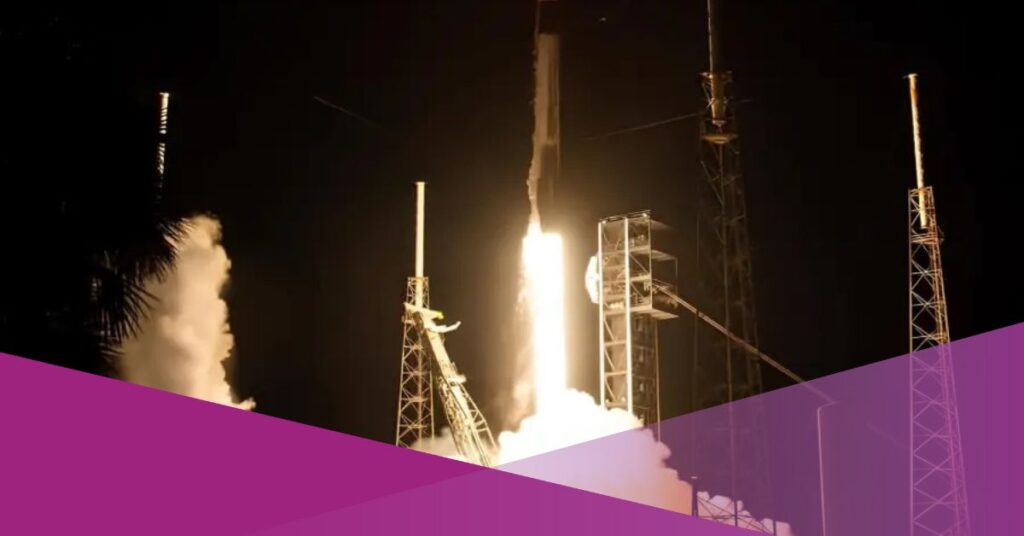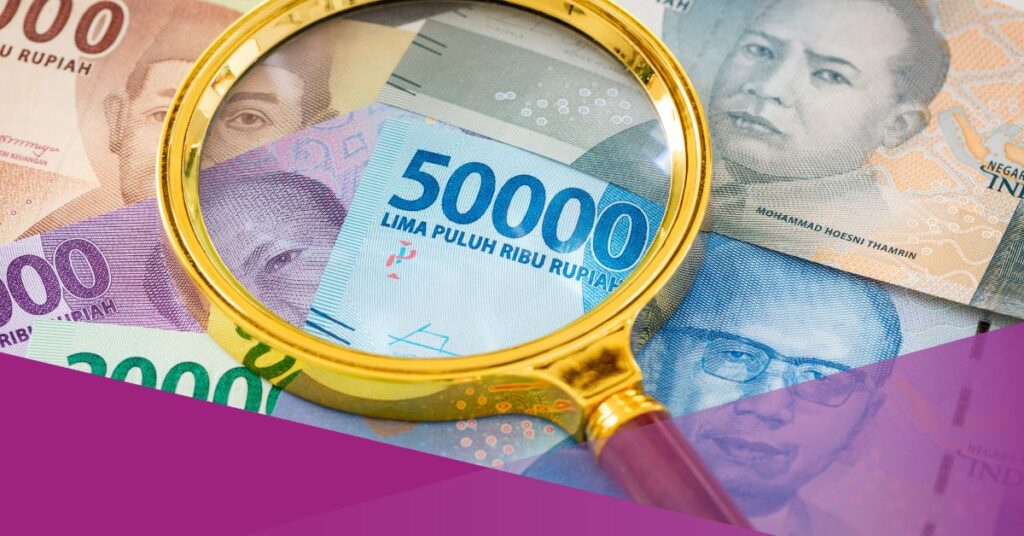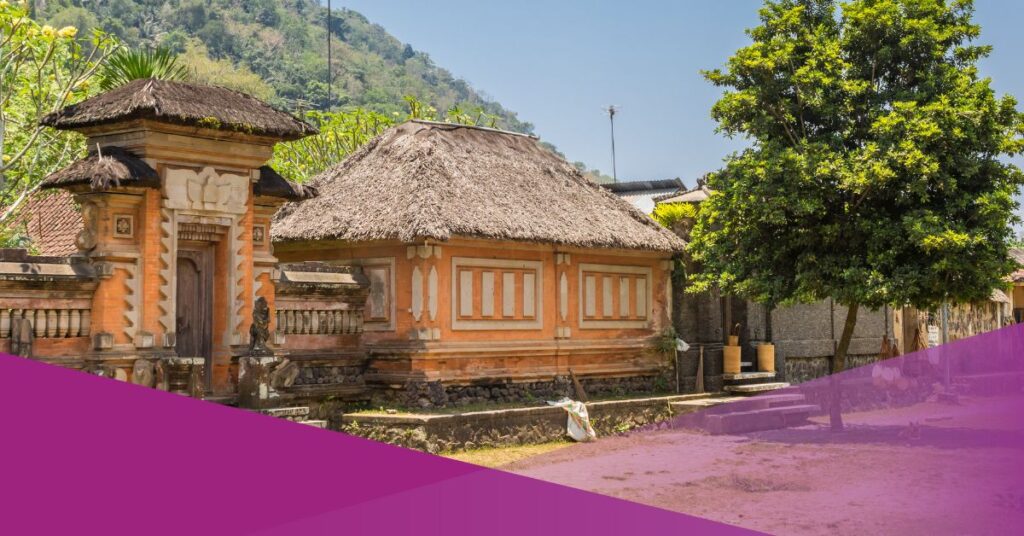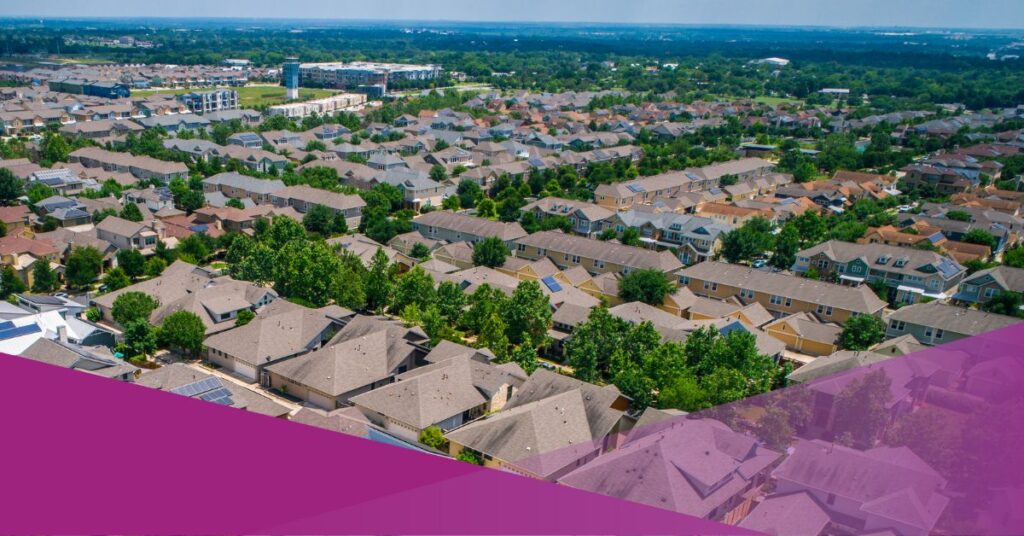PT MRT Jakarta President Director Tuhiyat expects the cooperation to last for the next two years.PT MRT Jakarta has officially signed a Memorandum of Understanding (MoU) with PT Bumi Serpong Damai Tbk (BSD), a subsidiary of Sinar Mas Land, to conduct a feasibility study for extending the Jakarta MRT route from Lebak Bulus to the Serpong area in South Tangerang.
The collaboration was formalised on Thursday, 24 July 2025, at Lebak Bulus MRT Station in South Jakarta.
The study will assess route identification, demand forecasts, investment and operational costs, economic and business viability, institutional and regulatory considerations, and suitable financing schemes.
According to PT MRT Jakarta President Director Tuhiyat, the cooperation is expected to last for the next two years.
“This study will assist policymakers in developing policies and alternative solutions for the development of a modern national urban rail system,” said Tuhiyat.
“The signing of this Memorandum of Understanding marks a historic moment for the development of modern urban rail systems in Indonesia. This collaboration also demonstrates that efforts to provide the best services for the community can be carried out together with various parties, including the private sector.”
The project is being developed without reliance on the state budget, using open financing mechanisms such as business-to-business (B2B) and public-private partnerships (PPP).
Tuhiyat observed that a similar funding structure was used for the Fatmawati–Taman U South Extension project.
Route and Station Options for the MRT Southward Expansion
Although the proposed 11-kilometre line is still in the planning phase, PT MRT Jakarta has stated they will build it entirely underground, and it will include 10 stations.
This new route is projected to connect Fatmawati Station in Jakarta with the Taman U area in BSD City, aiming to serve the growing commuter demand from South Tangerang and Tangerang Regency.
Preliminary studies suggest two potential corridors: the northern corridor connecting Pondok Aren to Serpong, and the southern corridor via Ciputat to Pondok Cabe.
Both would link to the existing line at Lebak Bulus Station. Deputy Mayor of South Tangerang, Pilar Saga Ichsan, said the local government is currently reviewing both route options.
“The route has not been finalised, but there are still options through Pondok Cabe or Ciputat, and the second option is through Bintaro. Therefore, we are still in the process of determining the most effective and efficient method to implement,” he stated.
“Insha’Allah, both can be built simultaneously. In fact, this will be better because we will have two routes that can enhance connectivity.”
Proposals for the station stops vary. A route suggested by the Jakarta Metropolitan Area Transportation Management Agency (BPTJ) includes stations at Lebak Bulus, UMJ, UIN Syarif Hidayatullah, Pasar Ciputat, and Pondok Cabe.
A separate proposal, developed during the mayoral tenure of Airin Rachmi Diany (2011–2021), includes stations at Pamulang Barat, Pondok Benda, Babakan, Puspitek, and Rawa Buntu, in addition to those in the BPTJ’s plan.
Public Mobility and Sustainability as Central Considerations
The MRT extension is part of a broader effort to address severe traffic congestion and reduce dependency on private vehicles in Greater Jakarta.
Over 500,000 residents of South Tangerang and Tangerang Regency commute daily, with approximately 82 per cent still relying on personal transport.
Irawan Harahap, Managing Director of the President’s Office at Sinar Mas Land, stated, “We believe that the MRT to Serpong can be a long-term solution to traffic congestion, while also promoting economic growth in the region.”
He added that the BSD area has significant potential, with many daily commuters who might switch to public transport if a comfortable and reliable service is available.
Farchad H. Mahfud, Director of Business Development at PT MRT Jakarta, highlighted that the study also aims to enhance quality of life by reducing travel times.
“Quality of life is rarely factored in, yet the time spent commuting could be used for family,” he said. “Currently, reaching Lebak Bulus Station from Serpong can take up to 45 minutes, even before entering central Jakarta.”
According to Syaefuloh Hidayat, Head of the Jakarta Provincial Government-Owned Enterprises Development Agency, the MRT project is part of Jakarta’s commitment to becoming a sustainable metropolitan city.
“This is part of our steps toward achieving net-zero emissions by 2050,” he said.
Feasibility Study Begins for MRT Extension to South Tangerang
Land acquisition remains one of the primary challenges facing the project. PT MRT Jakarta stated that it will prioritise routes that minimise conflict and reduce construction costs. “This study will produce recommendations on the route, number of stations, technology used, and comprehensive financing strategies,” Farchad confirmed.
The feasibility study is expected to be completed within two years, with preliminary findings available in four to six months.
Integration of this MRT line with surrounding satellite cities such as Serpong and BSD is seen as vital to strengthening connectivity and supporting the shift to greener public transport solutions in the capital region.
source: Kompas, Jawa Pos
